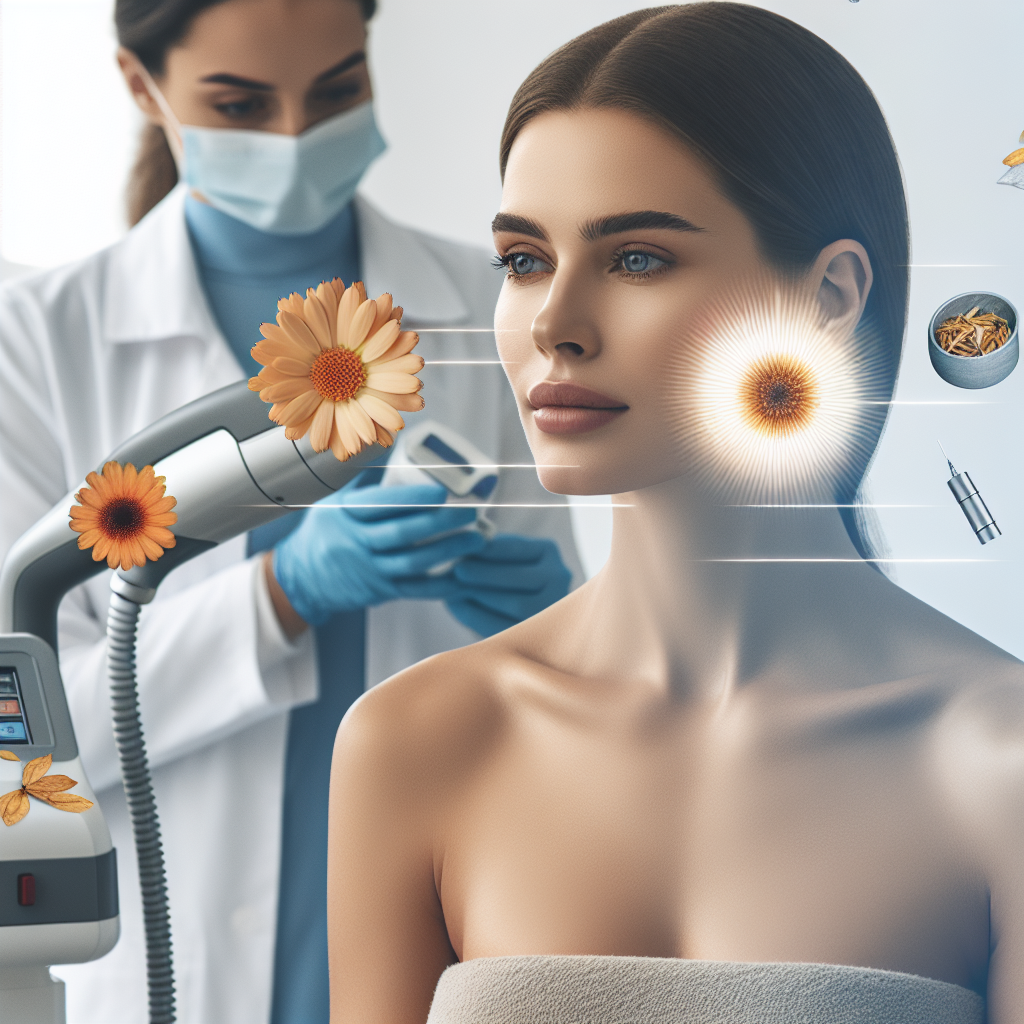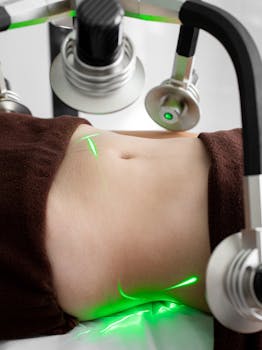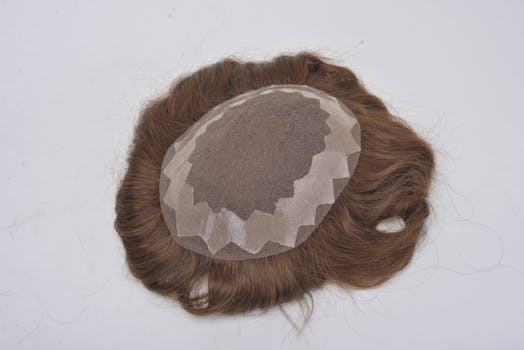Choosing the right non-surgical approach to restore firmness and smoothness can feel overwhelming. The best laser skin tightening methods combine targeted energy delivery with minimal downtime to stimulate collagen, improve texture, and lift lax skin. This guide walks through common laser types, what to expect during recovery, realistic results, and how to pick the best laser solution for your face or body.
Best Options for Laser Face Tightening
There are several laser technologies used for skin tightening, each with unique mechanisms and strengths. Non-ablative lasers heat deeper layers while leaving the surface intact, fractional lasers create micro-injuries to trigger repair, and intense pulsed light (IPL) devices can help with tone as well as firmness. Determining the best laser for face tightening depends on your skin type, degree of laxity, and whether you want gradual remodeling or faster visible lift.
Common laser types and how they work
- Non-ablative (e.g., Nd:YAG, diode): heats dermis to stimulate collagen with minimal surface damage.
- Fractional lasers (e.g., fractional CO2, erbium): create controlled micro-injury columns for faster remodeling and resurfacing.
- Radiofrequency combined with lasers or microneedling: boosts collagen production using heat delivered through needles or combined light and RF energy.
- Light-based therapies (IPL, broadband light): improve overall texture and pigmentation while offering mild tightening benefits.
How to choose the best laser skin tightening treatment
Selecting the best laser treatment skin tightening involves matching device strengths to your goals. For subtle laxity or early aging, non-ablative lasers and RF-based devices often offer a low-risk path with steady improvement over several months. For more pronounced sagging or texture concerns, fractional ablative lasers provide more dramatic tightening but require longer recovery. Discuss realistic expectations, number of sessions, and potential side effects during a consultation.
Who is a good candidate?
Ideal candidates are in generally good health, have mild-to-moderate skin laxity, and realistic expectations. Very loose skin may still require surgical intervention for optimal lift. Skin tone matters for some devices—certain lasers carry higher pigment-change risk for darker skin, so device choice and practitioner experience are crucial.
What to expect during recovery
Recovery varies by treatment intensity. Non-ablative sessions often cause redness and mild swelling for a few days, whereas fractional ablative lasers can produce crusting, peeling, and a week or more of visible healing. Most people return to work within a few days after milder procedures; deeper resurfacing can need a week or longer of downtime.
Follow post-procedure instructions closely: use recommended cleansers and moisturizers, avoid heavy sun exposure, and apply broad-spectrum sunscreen. Avoiding smoking and supporting collagen health with adequate sleep, hydration, and nutrition will help results consolidate.
Typical results and timeline
Laser skin tightening is primarily a collagen-stimulating process. Patients usually notice gradual improvements over 3–6 months as new collagen matures. Multiple sessions spaced weeks apart may be recommended to reach optimal tightening. For many, combining treatments—such as a fractional laser session followed by maintenance non-ablative treatments or RF microneedling—yields balanced surface improvement and deeper lift.
For further reading on clinical aspects of laser resurfacing and safety considerations, see the MedlinePlus overview of laser skin resurfacing.
Comparing costs and maintenance
Costs vary by device, provider expertise, and geographic location. Expect higher prices for ablative fractional treatments and for experienced dermatologic surgeons or medical spa practices with advanced technology. Maintenance treatments every year or two may be needed to preserve collagen quality and results.
Technology advances continue to refine comfort, safety, and outcomes; if you want to learn how evolving devices might fit into your routine, check out how innovators are reshaping at-home and in-office skincare approaches at transform your routine — the latest breakthroughs in skincare technology.
- Pros: Stimulates collagen, non-surgical, customizable intensity.
- Cons: Variable results, possible pigment changes, multiple sessions often required.
- Recovery: Ranges from minimal (days) to moderate (1–2 weeks).
FAQ
Q: How soon will I see results from a laser tightening session?
A: Initial improvements like firmer appearance or reduced redness can appear within days, but meaningful collagen-driven tightening typically develops over 3–6 months. Multiple sessions may speed or enhance results.
Q: Which is the best laser for face tightening?
A: There isn’t a single best option for everyone. Non-ablative lasers are great for minimal downtime and gradual improvement, while fractional ablative lasers often deliver stronger tightening for more advanced concerns. The best laser for face tightening depends on skin tone, laxity level, and tolerance for downtime—consult a qualified clinician to choose the right device.






